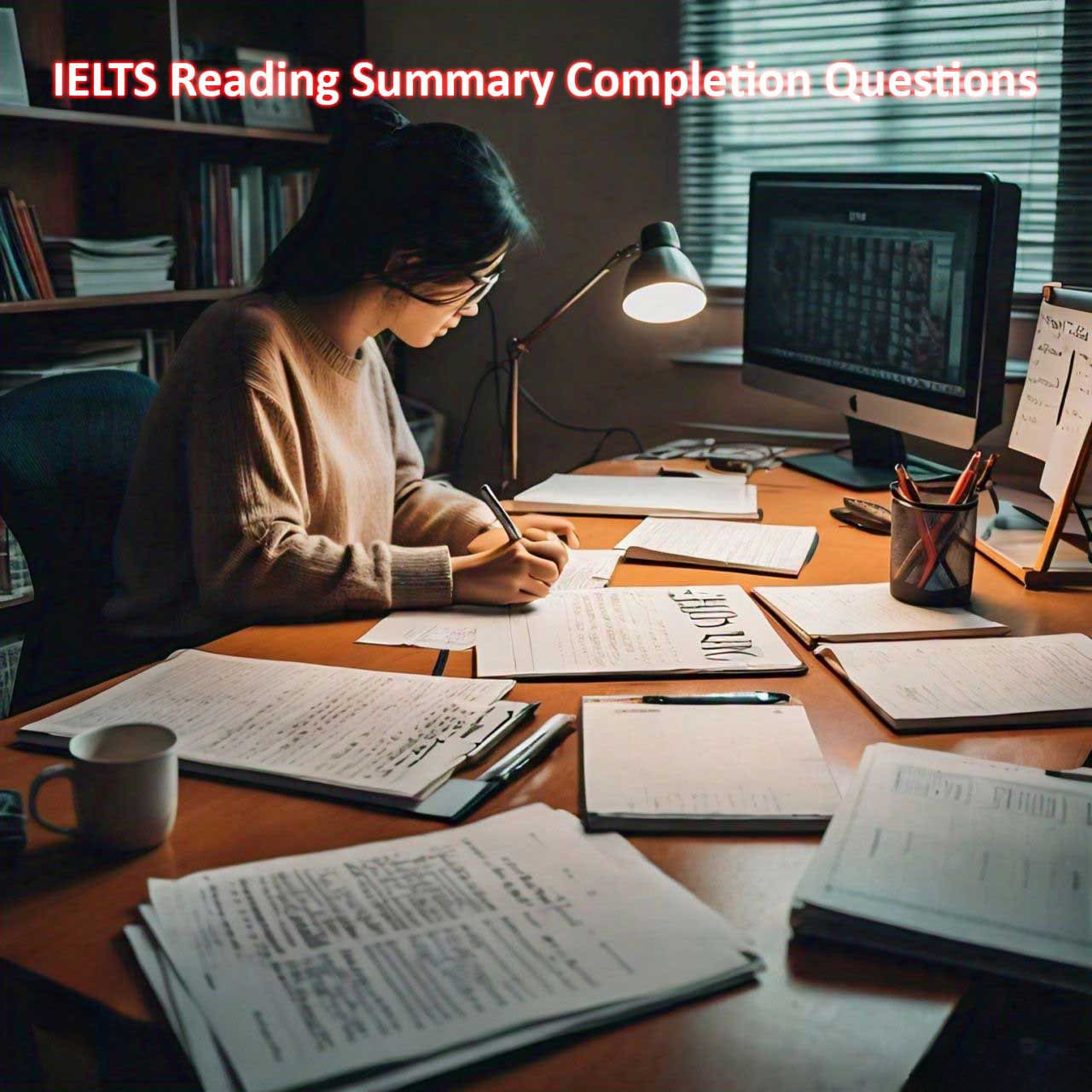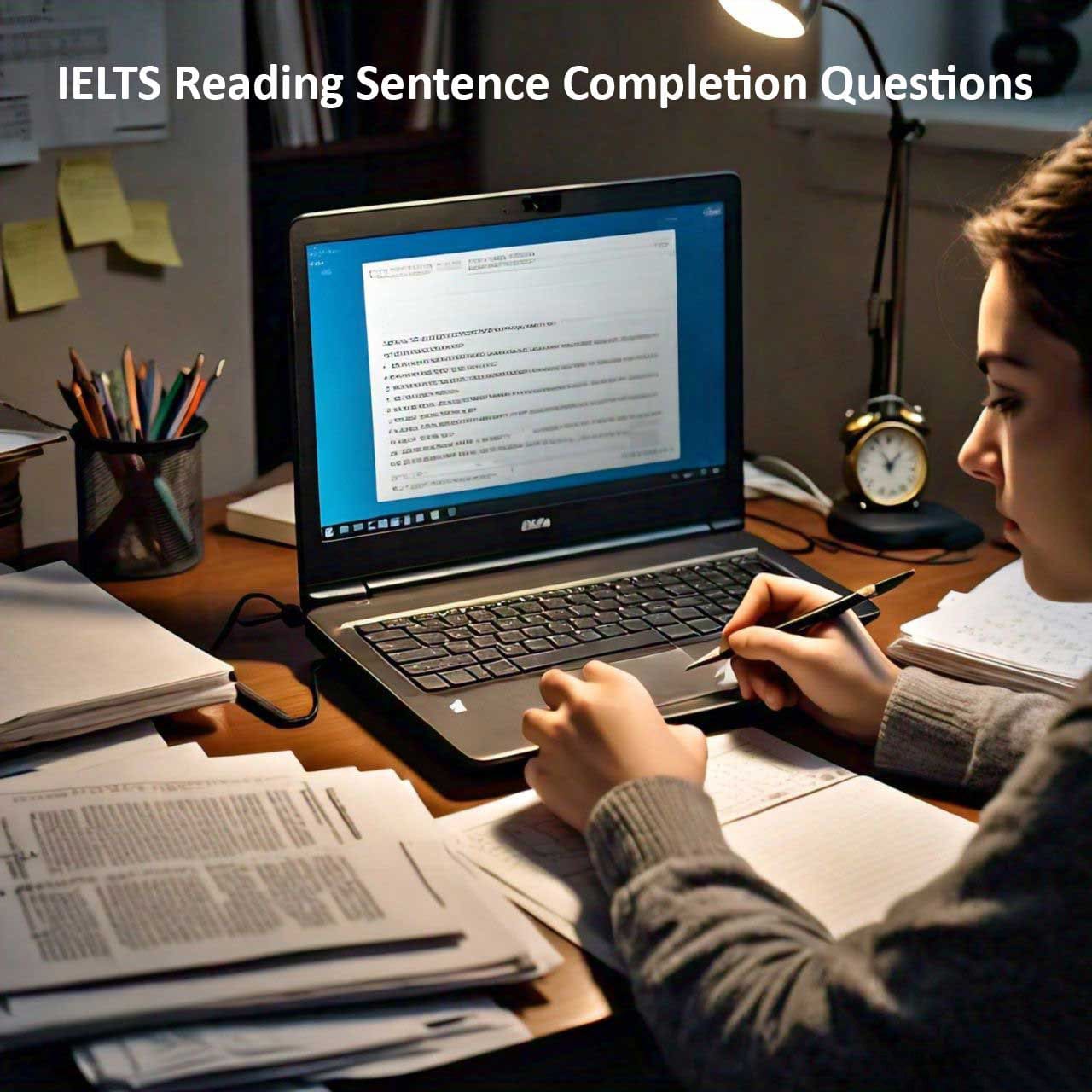The IELTS Reading test is designed to assess your reading comprehension skills across a range of different texts and question types. One challenging yet rewarding question type is the Diagram Label Completion task. Understanding how to effectively tackle these questions can significantly enhance your reading score. In this post, we’ll delve into what Diagram Label Completion entails and provide you with strategies to master this task.
Table of Contents
What is Diagram Label Completion?
Diagram Label Completion tasks require you to complete labels on a diagram based on information found in the reading passage. The diagram could represent anything from a technical process to a biological structure or a map. These tasks test your ability to understand detailed descriptions and match them with visual representations.
Steps to Approach Diagram Label Completion
1. Analyze the Diagram
Before diving into the passage, take a moment to study the diagram. Note the following:
– Labels and Numbers: Identify the parts that need labels. These are often indicated by numbers or blank spaces.
– Structure and Sections: Understand the overall structure of the diagram and how different parts are connected.
– Existing Information: Check any labels that are already filled in to gain context.
2. Read the Instructions Carefully
Ensure you understand the requirements, such as the word limit for each label. The instructions will also specify whether you need to use words from the passage or if synonyms are acceptable.
3. Skim the Passage
Skim through the passage to get a general idea of the content and locate the section(s) related to the diagram. Pay attention to headings, subheadings, and any keywords that might relate to parts of the diagram.
4. Scan for Specific Information
Once you’ve located the relevant sections, scan for specific details that match the parts of the diagram you need to label. Look for descriptive language, measurements, and keywords.
5. Match Information to the Diagram
As you find the relevant information in the passage, match it to the corresponding parts of the diagram. Ensure that the labels you choose accurately reflect the details in the passage.
6. Check Your Answers
After completing the labels, double-check your answers to ensure they fit grammatically and logically within the context of the diagram and the passage.
Strategies for Success
1. Improve Your Vocabulary
Having a strong vocabulary helps you quickly identify synonyms and paraphrases in the passage that correspond to the diagram labels. Regularly practice with IELTS reading materials to familiarize yourself with common terminology.
2. Practice Active Reading
Active reading involves engaging with the text by making predictions, asking questions, and summarizing information as you read. This approach helps you retain details and improve comprehension.
3. Focus on Descriptive Texts
Diagram Label Completion often relies on descriptive and explanatory texts. Practice reading such texts, particularly those with scientific or technical content, to enhance your ability to quickly locate and understand detailed descriptions.
4. Time Management
Allocate your time wisely. Spend the initial minutes analyzing the diagram and skimming the passage. Avoid spending too much time on one question; if you’re stuck, move on and come back to it later if time permits.
5. Use Practice Tests
Regularly using IELTS practice tests will help you become familiar with the format and types of diagrams used. Analyzing your performance on these tests can also highlight areas for improvement.
Common Pitfalls to Avoid
1. Ignoring the Diagram
Some test-takers focus solely on the passage and ignore the diagram until the end. This approach can lead to confusion and missed details. Always start by analyzing the diagram.
2. Overlooking Instructions
Failing to adhere to word limits or specific instructions can result in incorrect answers. Always read the instructions carefully before beginning.
3. Misinterpreting Information
Ensure that the information you use to label the diagram is accurate and directly relevant. Misinterpretation can lead to incorrect labeling and lost marks.
4. Not Checking Answers
Rushing through the task without verifying your answers can result in avoidable mistakes. Always take a moment to review your labels in the context of both the diagram and the passage.
Conclusion
Diagram Label Completion tasks in the IELTS Reading test require a combination of careful analysis, effective reading strategies, and attention to detail. By following the steps and strategies outlined in this post, you can improve your ability to tackle these questions with confidence. Remember, practice and familiarity with different types of diagrams and descriptive texts are key to success. Good luck with your IELTS preparation!



